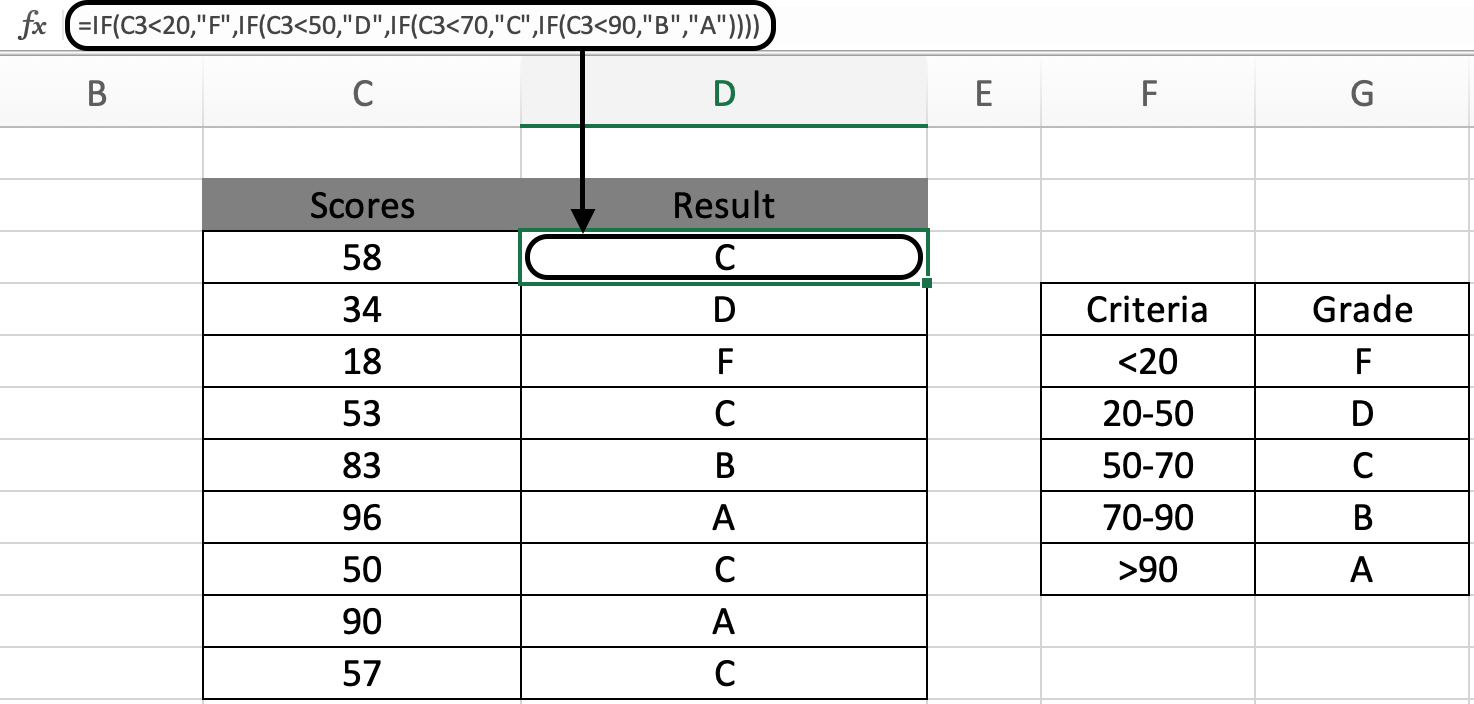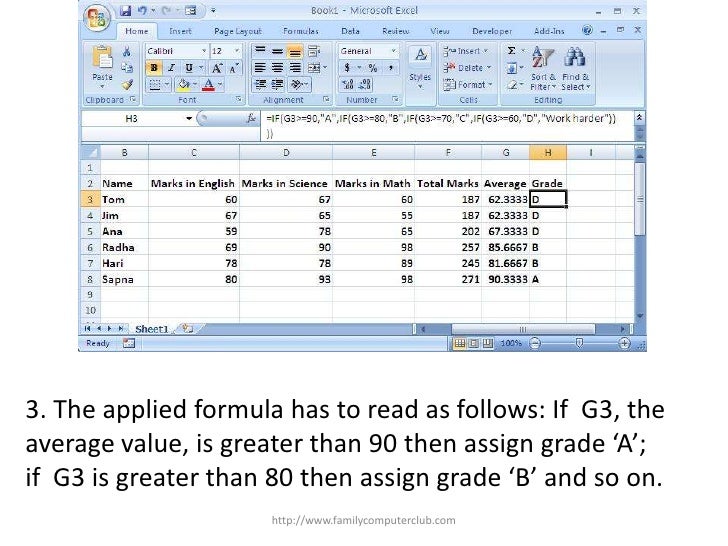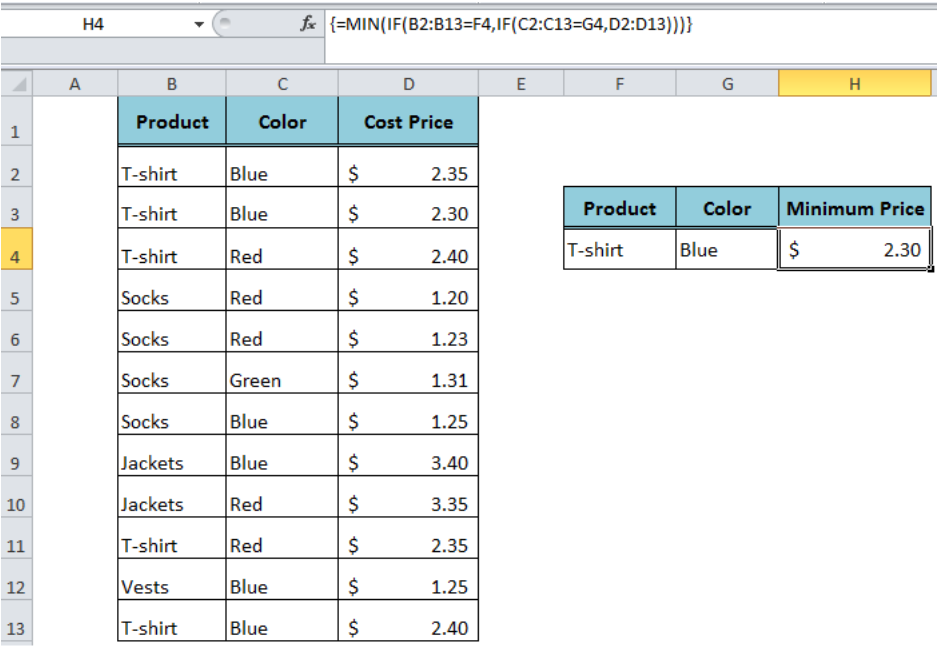

In this example, imagine we have a head office in London and then many other regional sites. The structure of the NOT function is =NOT(logical) NOT Function Example 1 This will be easier to explain with some examples. I used the 'IF' formula to say that when the cell in Column F is 45 then put 1.39 in the cell in Column G.

The fee percentage changes the higher the value. And if the logical value is FALSE, it will return TRUE. The fee is not set percentage, so I can't make it a math formula. So if the logical value is TRUE, then it returns FALSE. The NOT function reverses the value of its argument. Although sometimes it can be hard to see the ‘real world’ uses of the function at first. The final logical function to discuss in this article is the NOT function, and we have left the simplest for last. The formula below is entered into column E and shows the XOR function with IF to display “Yes” or “No” only if either condition is met. The XOR function is perfect for this logic. If they don’t sell £3,000 or more in both then nothing. For this reason, we need to place an “AND” link in the test parameter as well as another if-then request in the else parameter, because we want to make three results possible: 50% discount, 25% discount, and no discount.But if they sell £3,000 or more in either half then we want to assign them Silver status.

For this, we have two conditions: The last sale took place more than 30 days ago, and there are no more than 10 items in stock. Only if both conditions are satisfied then the formula returns the value In range. For instance: IF (A1>10,IF (A1<20,'In range')) The function above would test whether cell A1 contains a value that’s between 10 and 20. In our example, it would be conceivable to give an even higher discount to goods that already have a reduced price if there are only a few of them left. You can use an additional if function to create a more complex condition within your Excel formula. If you want to differentiate between multiple conditions, though, a new IF function can occur instead of the “else_value,” which then performs another check. The one drawback of the IF function is that the test only knows two results: TRUE or FALSE. Of course, you can also include parameters for then and else.

Otherwise the original value is retained. If this is the case, the “then_value” where you’ve placed a mathematical calculation occurs: a discount is given to the original value (in cell F2). IF checks whether the count is higher than 30. In this case, the DAYS function is part of the test: The current data is compared with the specified date (in F2) and the difference in the number of days is displayed. =IF(A1>=100,”target achieved”,”target not achieved”) In practice, an Excel if-then statement can look like this: Otherwise, the else_value behaves in the same way as the then_value. If you don’t specify anything here, the function will return FALSE.
#Excel multiple if then formula download
Download the Free Excel Template IF with AND Functions. Otherwise, if it is outside that range, then the result will be zero.


 0 kommentar(er)
0 kommentar(er)
